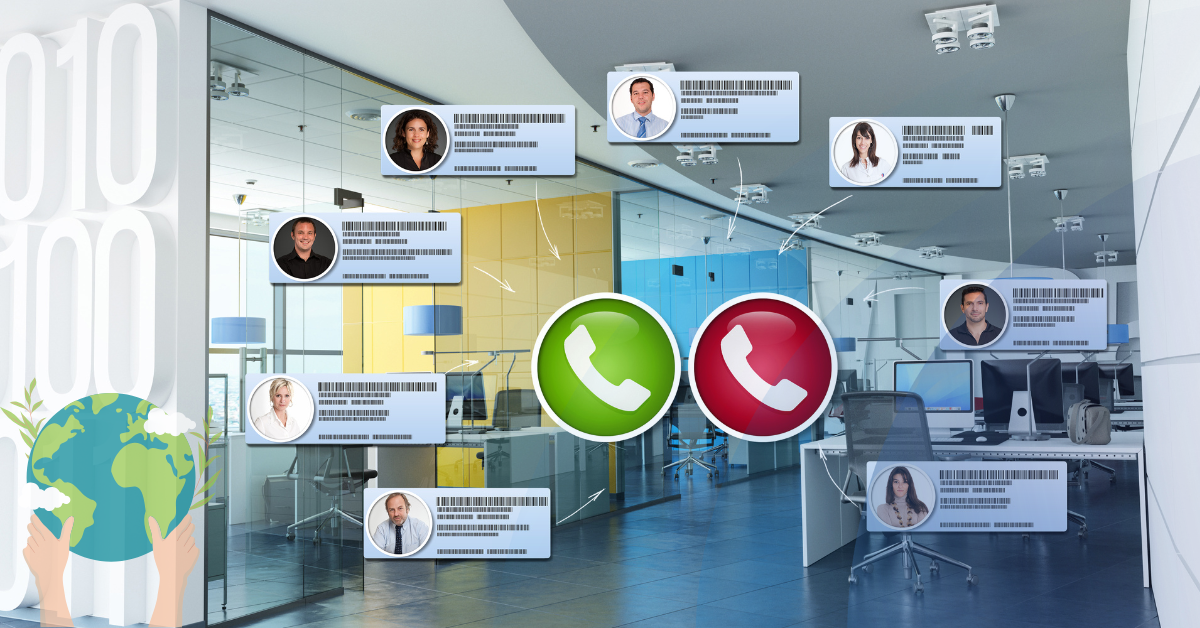The U.S. Bureau of Labor Statistics reports that employers added 223,000 new jobs in December 2022. And despite high-profile corporate layoffs dominating recent headlines, Monster reports that 92% of employers surveyed are looking to bring new people on board in 2023.
Between backfilling roles that have been vacated or adding to the roster to accommodate business growth, employers must ask how they can effectively retain their employees — both new hires and tenured staff — and develop them successfully. Really, this is an age-old question, but with today’s dynamic employment landscape, the answer has to continually change and adjust to meet new business and employee needs. To stay current, here are 6 retention and development strategies leaders are focusing on in 2023.
1. Quiet Hiring
While quiet hiring can mean bringing short-term contractors on board instead of hiring full-time employees, it can also involve having existing employees temporarily move into new positions or take on different functions to meet immediate or critical business needs. It may be necessary to offer staff additional training when switching up their roles or responsibilities. Whether it’s upskilling, reskilling, or new skilling, it’s all about closing any gaps between an employee and their new (or current) job duties.
With a redistribution of responsibilities, ensuring your employees have the necessary talents and skills to handle them successfully is critical. Employee development assessments can help companies understand their employees’ natural traits, strengths, and challenge areas. This is invaluable information to make sure the right tasks are assigned to the right people.
2. Flexible Work Arrangements
Though this isn’t a new trend, flexible work arrangements remain a popular topic as employees continue to look for ways to balance both career and personal obligations. Employees are seeking not only location flexibility but also schedule flexibility, and as the Great Resignation has taught us, they are willing to leave their current jobs to find them.
In an effort to meet those needs and keep high-performing employees in the process, many companies are instituting a remote work model, using either a hybrid schedule (working part of the week from home and part of the week in the office) or making jobs fully remote. Benefits include, for employees, saving the time they would spend commuting to an office and, for employers, reduced overhead costs. Another advantage is increased productivity, which benefits everyone.
Additionally, businesses are implementing a compressed workweek as a means of alternative scheduling. This enables employees to work their typical hours in fewer days, such as four 10-hour workdays or working 80 hours in nine days with a day off every other week. Flextime, which gives employees more leeway in choosing when they work, is another way organizations are enabling their personnel to arrange their workdays in a way that meets both business needs and employees’ life demands.
3. Recognition Programs
Whether your workforce is onsite or remote, celebrating employee successes is important. People want to know their contributions are valuable to the organization and valued by their colleagues. To show appreciation, businesses are starting employee reward and recognition programs.
It can be as simple as holding in-person or virtual meetings to applaud successes and celebrate milestones. Companies are also recognizing employee accomplishments on their social media platforms. Of course, rewards like gift cards or extra time off are always favorites, but employers do not have to spend a lot of money to make their staff feel appreciated.
Knowing how each employee prefers to have their accomplishments acknowledged is important to consider when recognizing an individual’s work. Do they like to be singled out in a company meeting, or would a group email that highlights their specific achievements make them feel more valued? Behavioral assessments can provide important insights into each person’s unique motivators and preferences so you can offer the type of praise that speaks best to them. Making employees feel appreciated and understood is a strong retention tool!
4. Learning and Development
With professional growth — or the lack thereof — being a significant reason people cite for leaving their current employers, companies are putting a bigger emphasis on learning and development. When workers feel that their employer is invested in their individual growth and future, they are more likely to stay. Additionally, technologies and methodologies are constantly changing, and L&D benefits businesses by ensuring employees’ knowledge and competencies are current, enabling them to meet your company’s evolving business requirements.
The way organizations deliver learning opportunities has to remain current too, so businesses are using the following to help their employees grow and develop:
5. Microlearning
Microlearning is a method of delivering information in short bursts specifically when it’s needed. Think of watching an instructional YouTube video or taking in content via a social media or news feed. Microlearning can be delivered via visual aids, text, and videos (usually 3-5 minutes long) among other ways.
Condensing a large amount of content into smaller, more easily digested pieces fosters stronger employee engagement and knowledge retention while also offering businesses time- and cost-savings benefits. These mini trainings can easily fit into employees’ workdays without taking up a lot of time and can be revisited as needed.
6. Gamification
Gamification refers to including competitive, game-based features within the learning experience in order to add fun and bolster engagement. Gamification is often conducted via an online platform, which is especially helpful if people are not working in the same space. Employees can earn points, badges, or move to the top of a leaderboard based on their results.
The interactive elements of L&D gamification can help employees retain the information they have learned as well as give them opportunities to practice and use the skills they’ve learned in a real-world way. Gamification can offer instant feedback as participants master competencies, such as by taking quizzes or unlocking the next level of training.
Effective employee retention and development is about more than just trends — it’s setting your people up for success. Let Omnia partner with you to understand your employees and help them reach (or exceed!) their potential for your business.























